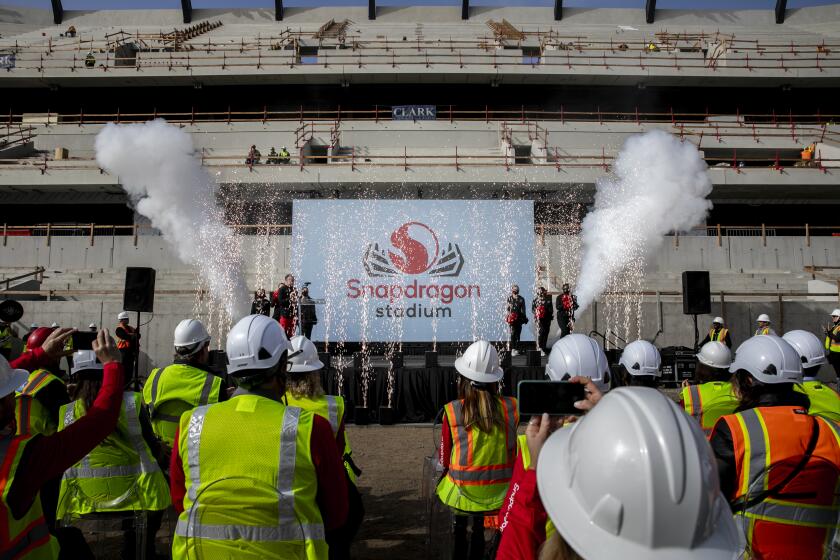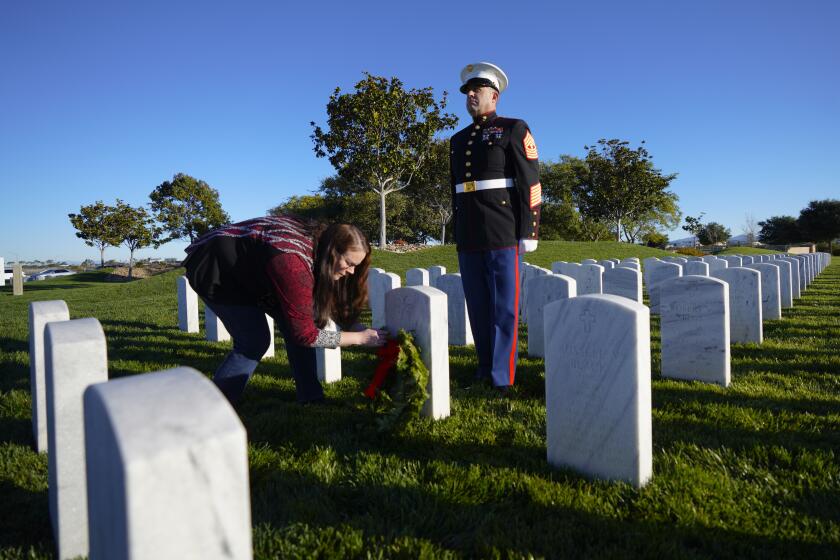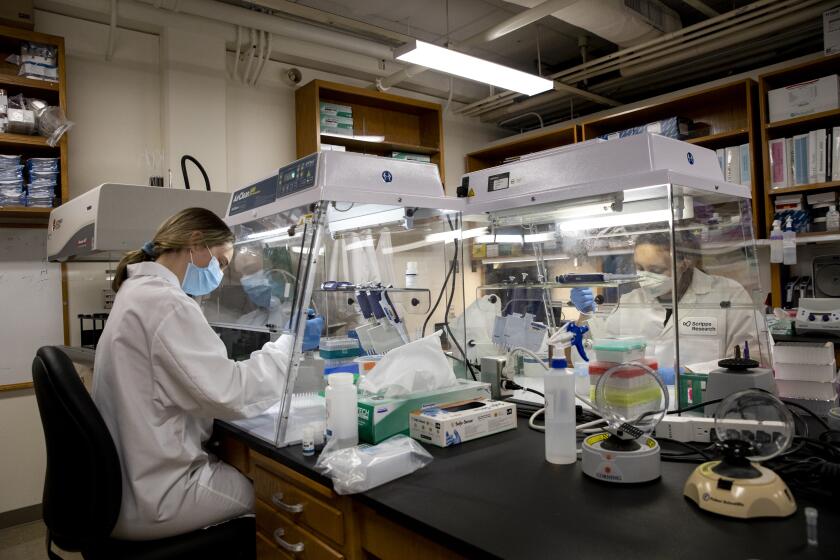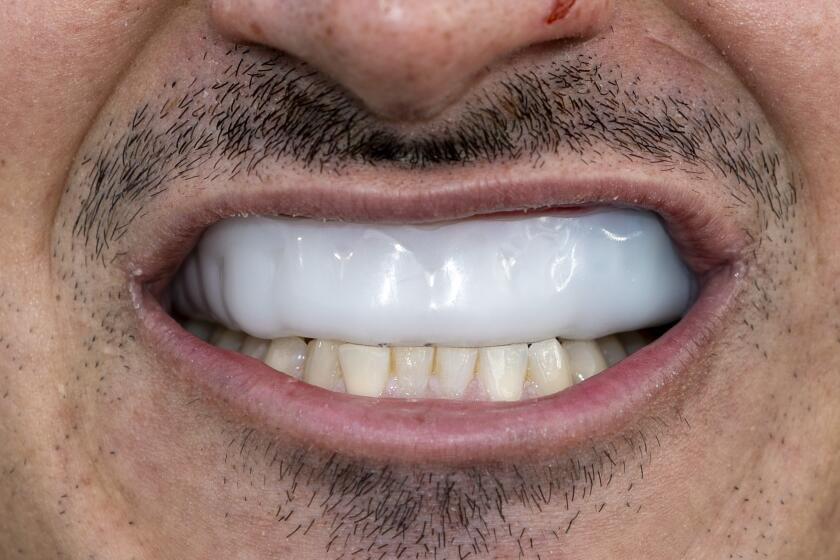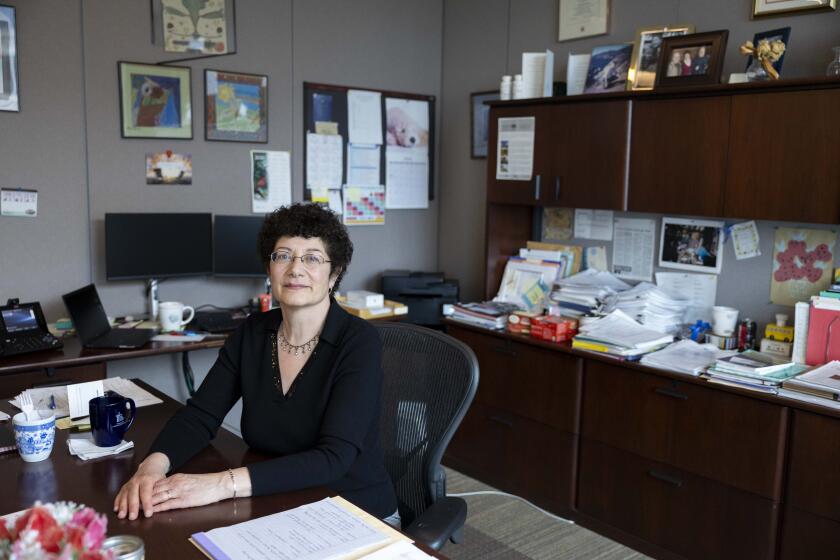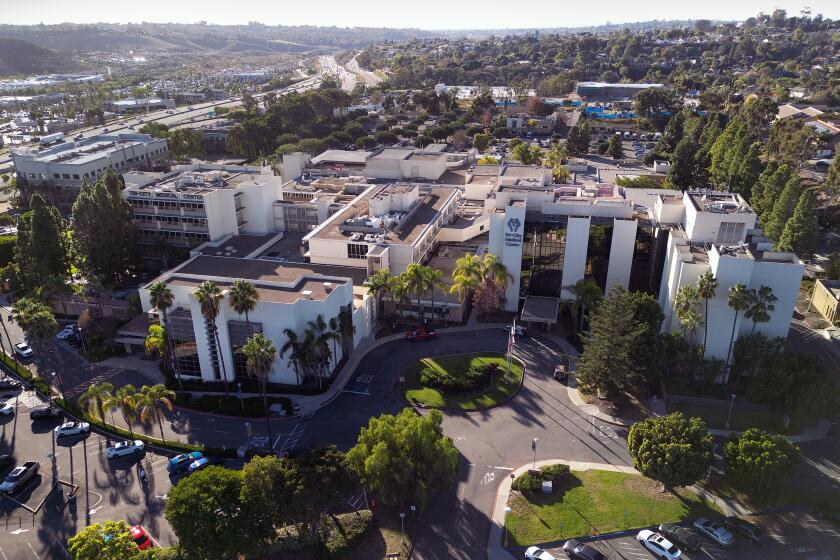There’s a gaping divide between fully vaccinated San Diegans and everyone else
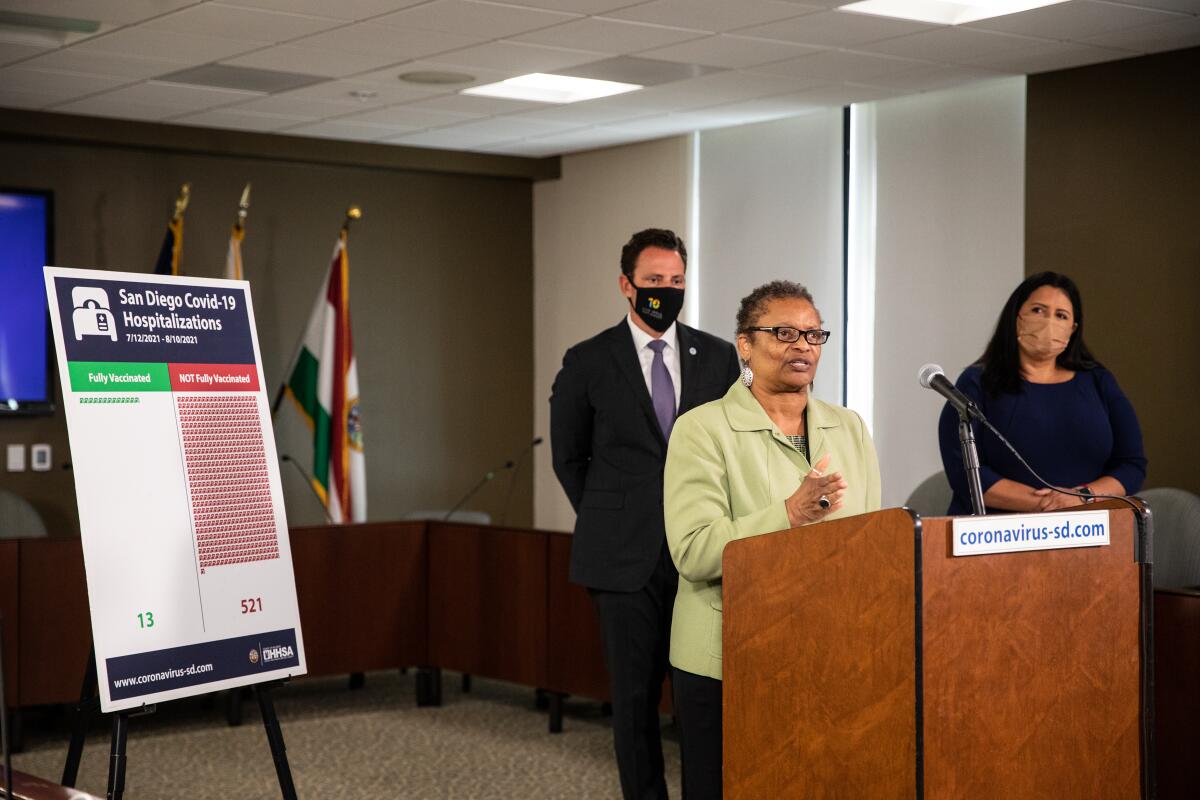
The state’s public health department says that indoor events of 1,000 or more will soon need to verify that everyone’s been vaccinated or recently tested negative for COVID-19
San Diego County’s latest coronavirus numbers paint a stark picture of the wider-than-ever divide between those who’ve been fully vaccinated against the coronavirus and those who haven’t.
Cases for the region as a whole continue to go up, with the county reporting 1,117 cases on Wednesday. Two months ago, daily infections were routinely below 100. And there are now 599 San Diegans in the hospital with COVID-19, compared to less than 200 a month ago.
But to really understand what’s going on, you have to look at who’s bearing the brunt of this surge.
During the last week of July, the rate of coronavirus infections among those who weren’t fully vaccinated was nine times higher than for those who were — about 56 versus six daily cases per 100,000, respectively.
And while case rates among the fully vaccinated have climbed in recent weeks, it’s the gap between them and everyone else that has grown most quickly. In late June, infections among the fully vaccinated were less than one case a day per 100,000 people, compared to about four cases per 100,000 among the rest of the region.
It’s possible this gap could widen further in the months ahead, with the nation’s top public health officials announcing Wednesday that booster shots of the Moderna and Pfizer vaccines could be widely available by Sept. 20. The plan is to offer a third dose to those who got their second shot at least eight months ago in a bid to rev up immune responses to the virus. That would put health care workers, nursing home residents and older adults at the front of the line for a booster.
County spokesperson Mike Workman said local officials are still sorting through the details of exactly how boosters will be rolled out, including how residents would be notified that they can get a third shot, where those doses would be offered and how vaccinators would verify eligibility. But vaccination dates logged in the county’s immunization registry could presumably be used to verify when someone got their second dose, and the state’s digital vaccine system has access to those records, too.
Those who aren’t fully vaccinated have either only received one shot of the two-dose Moderna or Pfizer vaccines or have yet to get any of the available vaccines (including Johnson & Johnson’s). And while the vaccines aren’t perfect, they’re clearly making infections rarer and milder, with hospitalization rates 36 times higher among the county’s unvaccinated or partially vaccinated compared to the fully inoculated in late July — 1.42 versus 0.04 daily hospitalizations per 100,000 people, respectively.
Despite the overall spike in cases, these numbers haven’t reached historic highs, and experts don’t expect them to. Back in January, the region reported as many as 4,000 new infections a day and around 1,800 San Diegans in the hospital with COVID-19. There’s even growing, cautious optimism the current surge is slowing.
“Most of the epidemic models are forecasting that we’re either likely sort of at the peak right now or the peak will occur in mid- or the end of August, and then cases may start declining,” said Natasha Martin, an infectious disease modeler at UC San Diego, adding that hospitalizations would likely continue increasing for a few weeks after that point.
She’s quick to point out a few caveats. One is the reopening of schools, which could spike transmission. Another is the possibility that new variants arise that are even more transmissible and resistant to vaccines. The best way to prevent that from happening, she says, is to get vaccinated.
Getting vaccinated or having a negative COVID test result will soon also be the only way to get into a mass indoor gathering of 1,000 or more, according to an announcement on Wednesday from California’s public health department.
The new policy, which will take effect Sept. 20 and last until Nov. 1, marks a stricter stance than the current standard, which requires vaccination or a negative COVID-19 test at indoor events with 5,000 or more people. Officials cited the fast-spreading Delta variant of the coronavirus, which now accounts for the vast majority of new infections, as cause for extra caution.
“The Delta variant has proven to be highly transmissible, making it easier to spread in large crowds where people are near each other for long periods of time,” said Dr. Tomás J. Aragón, the state’s public health officer, in a statement Wednesday. “By requiring individuals to be vaccinated, or test negative for COVID-19 at large events, we are decreasing the risk of infection, hospitalization and death.”
Indoor gatherings of unvaccinated and unmasked people have been consistently linked to superspreader events, where the virus can spread like wildfire among those with no immunity against it. It’s no surprise that COVID-19 surges have often followed holidays, when people gather at home with loved ones to enjoy food and drink — which, by definition, means taking your mask off. And the larger the setting, the bigger the potential outbreak.
The new guidelines would affect a number of meetings scheduled to be held at the San Diego Convention Center, such as the Mortgage Bankers Association’s annual meeting, which will host 4,200 people in mid-October, according to the convention center’s docket.
Event organizers will no longer be able to rely on the honor system to say that attendees have been vaccinated. They’ll need proof. That could include reviewing paper vaccine cards or using the state’s digital vaccine system, which is linked to California’s immunization registry. A negative test result within the 72 hours prior to the event will also do.
Get Essential San Diego, weekday mornings
Get top headlines from the Union-Tribune in your inbox weekday mornings, including top news, local, sports, business, entertainment and opinion.
You may occasionally receive promotional content from the San Diego Union-Tribune.

